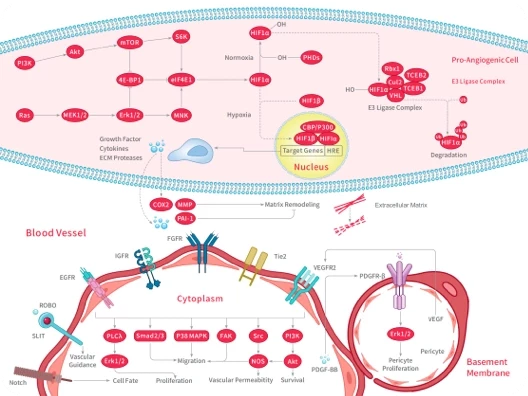- Remove All
 Your shopping cart is currently empty
Your shopping cart is currently empty
Chemokines
Chemokines are a family of small cytokines or signaling proteins secreted by cells that induce directional movement of leukocytes, as well as other cell types, including endothelial and epithelial cells. In addition to playing a major role in the activation of host immune responses, chemokines are important for biological processes, including morphogenesis and wound healing, as well as in the pathogenesis of diseases like cancers. Some chemokines are considered pro-inflammatory and can be induced during an immune response to recruit cells of the immune system to a site of infection, while others are considered homeostatic and are involved in controlling the migration of cells during normal processes of tissue maintenance or development. Chemokines have been classified into four main subfamilies: CXC, CC, CX3C and C. All of these proteins exert their biological effects by interacting with G protein-linked transmembrane receptors called chemokine receptors.
- $465
- $383
- $618
- $346
- $487
- $814
- $165
- $175
- $244
- $244
- $357
- $275
- $136
- $539
- $383
- $462
- $66
- $245
- $165
- $197
- $306
- $106
- $197
- $212
- $165
- $106
- $136
- $136
- $212
- $465
- $129
- $129
- $184
- $143
- $129
- $116
- $143
- $600
- $212
- $383
- $135
- $357
- $165
- $184
- $143
- $88
- $184
- $184

Copyright © 2015-2025 TargetMol Chemicals Inc. All Rights Reserved.











